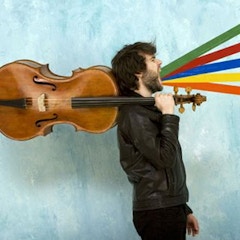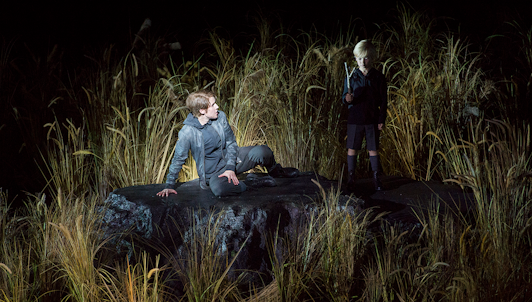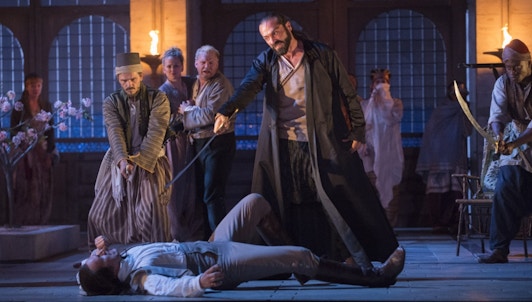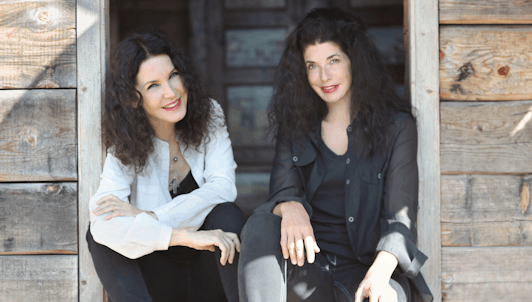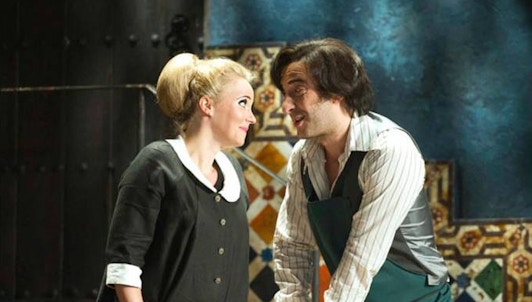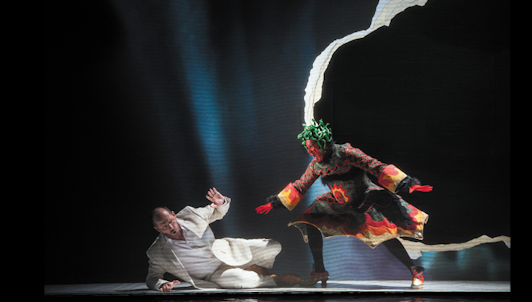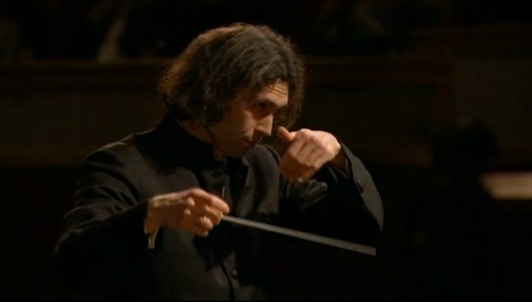Just over two decades ago, a group of inquisitive London musicians took a long hard look at that curious institution we call the Orchestra, and decided to start again from scratch. They began by throwing out the rulebook. Put a single conductor in charge? No way. Specialise in repertoire of a particular era? Too restricting. Perfect a work and then move on? Too lazy. The Orchestra of the Age of Enlightenment was born.
And as this outfit with the funny name began to get a foothold, it made a promise to itself. It vowed to keep questioning, adapting and inventing as long as it lived. Playing on period-specific instruments became just one element of its quest for authenticity. Baroque and Classical music became just one strand of its repertoire. Every time the musical establishment thought it had a handle on what the OAE was all about, the ensemble pulled out another shocker: a Symphonie Fantastique here, some conductor-less Bach there. All the while, the orchestra’s players called the shots.
In the early days, it seemed a minor miracle. Ideas and talent were plentiful; money wasn’t. Somehow, the OAE survived to a year. Then to two. Then to five. It developed own-terms relationships with record labels, broadcasters and conductors. It crept into the opera house. It became the toast of the European touring circuit. It bagged a residency at London’s most prominent arts centre. It began, before long, to thrive.
Only then came the real challenge. Eccentric and naïve idealists the ensemble’s musicians were branded. And that they were determined to remain – despite growing relationships with the Glyndebourne festival, Virgin Records and the Southbank Centre. Mercifully, they remained just that. In the face of the industry’s big guns, the OAE kept its head. It got organised but remained experimentalist. It sustained its founding drive but welcomed new talent. It kept on exploring performance formats, rehearsal approaches and musical techniques. It examined instruments and repertoire with greater resolve. It kept true to its founding vow.
And in some small way, the OAE changed the classical music world for good. It challenged those distinguished partner organisations and brought the very best from them, too. Symphony and opera orchestras began to ask it for advice. Existing period instrument groups started to vary their conductors and repertoire. New ones popped up all over Europe and America.
And so the story continues, with ever more momentum and vision. The OAE’s recent series of nocturnal Night Shift performance have redefined concert parameters. The ensemble has formed the bedrock for some of Glyndebourne’s most groundbreaking recent productions. It travels as much abroad as to the UK regions: New York and Amsterdam court it, Birmingham and Bristol cherish it.
Remarkable people are behind it. Simon Rattle, the young conductor in whom the OAE placed so much of its initial trust, still cleaves to the ensemble. Iván Fischer, the visionary who punted some of his most individual musical ideas on the young orchestra, continues to challenge it. Vladimir Jurowski, the podium technician with an insatiable appetite for creative renewal, has drawn from it some of the most revelatory noises of recent years. All three share the title Principal Artist.
Of the instrumentalists, many remain from those brave first days; many have come since. All seem as eager and hungry as ever. They’re offered ever greater respect, but continue only to question themselves. Because still – and even as they moved into their beautiful new purpose-built home at Kings Place in 2009 – they pride themselves on sitting ever so slightly outside the box. They wouldn’t want it any other way.
© Andrew Mellor, 2009
